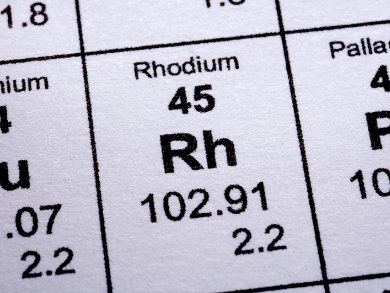Chad Mirkin and co-workers, Northwestern University, USA, have created a catalyst whose activity is controllable by allosteric regulation. The Al-salen-based active site sits between two chemically inert arms that can be opened or closed. Rhodium complexes attached at either end of the salen-center provide the structural regulation for the arms. The arms are opened by a conformational change induced by displacement, by chloride, of the amine moiety of the bidentate ligand.
The catalytic properties of the triple-layer structure were evaluated in a ring-opening polymerization reaction. In the absence of chloride (arms closed), the catalyst was inactive, but when the arms were open, polycaprolactone was produced quantitatively. Deactivation followed by reactivation of the catalyst resulted in polymers with higher molecular weights (Mw) rather than additional polymer of Mw comparable to the first stage of activation.
- Allosteric Supramolecular Triple-Layer Catalysts
H. J. Yoon, J. Kuwabara, J.-H. Kim, C. A. Mirkin,
Science 2010, 330, 66-69.
DOI: 10.1126/science.1193928




